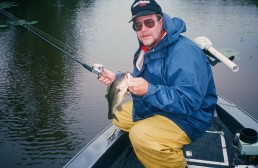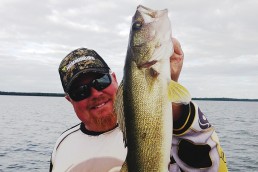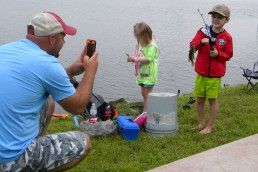Summer: A Family Learning Experience
SHARE THIS POST
Serious fishermen focus on spring and fall. Big fish come shallow to spawn in spring, and in fall, become active when dropping water temps in September and October make packing on the feed priority one.
But, what about the rest of the family and the season? Spouses that aren’t avid anglers don’t mind getting out on a nice summer day. And hopefully, the kids which you’d like to follow in your footsteps want to learn, especially when it’s moving from panfish to bass.
So, welcome July and August. It’s hot and sunny; an air-conditioned boat would be quite welcome; but sorry, that feature isn’t available… yet.
All species are catchable now, using various baits in numerous locations. It’s a great time to teach the next generation of anglers and how to use a variety of methods.
Never underestimate live bait in summer. However, learning how to fish with artificials can make a world of difference, especially with the heat making it tough to keep live bait alive and fresh.
I caught fish on artificials as a kid, and the nod went to those baits any time I could use them. But I always remembered that there are fishing “situations” where live bait is best, and others when artificials shine.
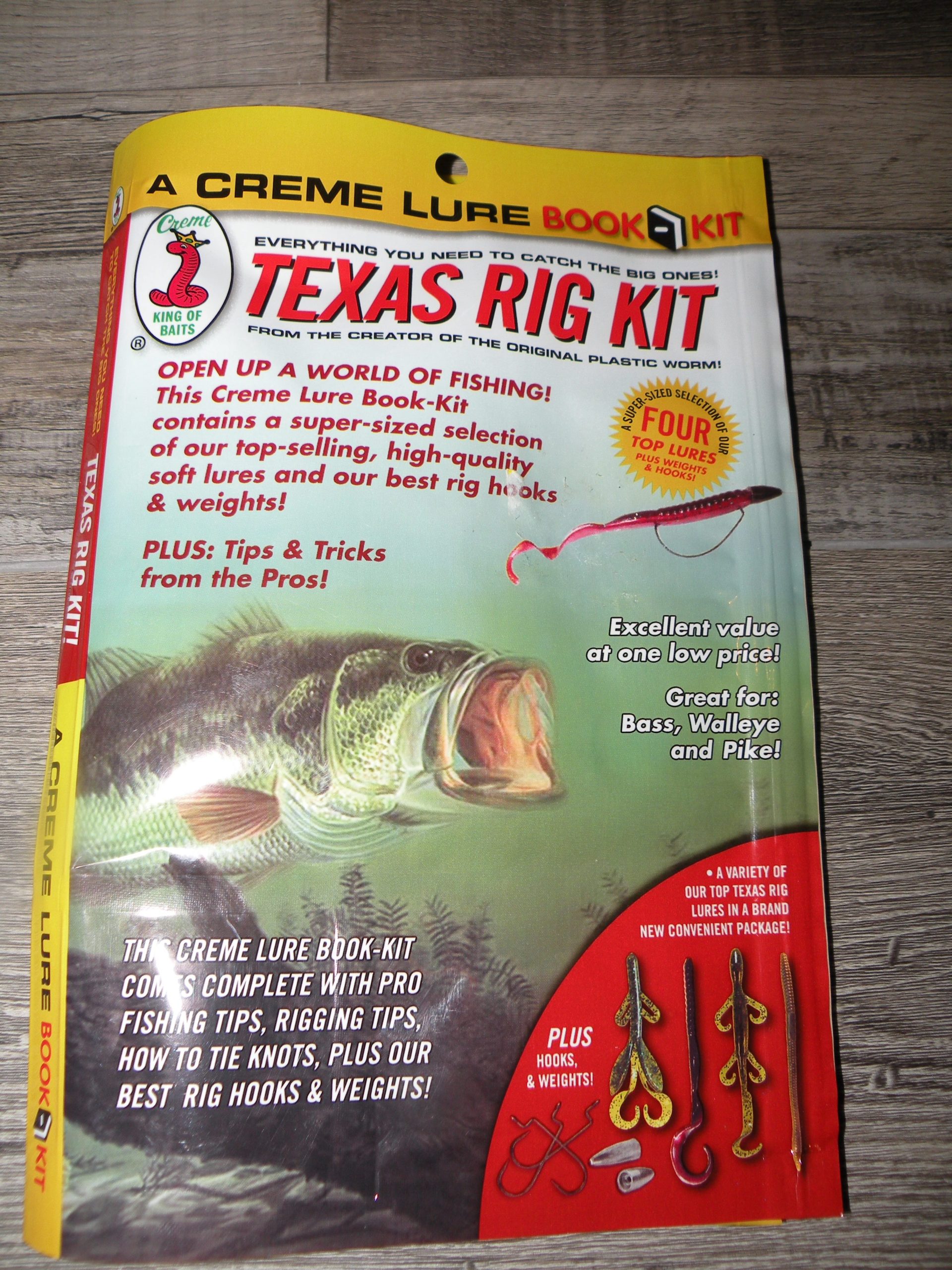
Weeds, stumps, laydowns, docks, seawalls, swimming platforms, pontoon boats and reeds all qualify as fair game, especially for largemouths. Add in eddies, current seams and deeper “pushes” in front of riffles in rivers as smallmouth hotspots.
Summer can be a great time to educate future anglers. They’re learning how to cast better. But once they get the bait in the desired place, it’s time to feel what’s going on subsurface. Did I just have a bite?
It’s easy when a fish smashes a lure. But a lot of the time, they just mouth it. Kids need to interpret those bites because fish can expel a lure pretty darn fast. It’s not easy, even for vets. Getting good means that you must eventually master “the bite.”
Are you enjoying this post?
You can be among the first to get the latest info on where to go, what to use and how to use it!
Fishing with floats certainly lets youngsters visually know that there is a fish investigating their bait. But developing a sense of feel down under is different. One way to help develop “feel” is to acquaint youngsters with the venerable plastic worm.
Most worms are Texas rigged and, depending on depth, fished with a slip sinker weight in front of it. Walk it slowly along bottom. Try a shallow area where it may be easier to detect a pickup. Sometimes, the bite is a quick tap, or the line may just twitch. Take up slack line slowly and set the hook hard, so the sharp point goes through the plastic and into the fish’s mouth.
Creme Lures offers a “Creme Lure Book Kit” that shows and tells how to rig plastic worms, and includes worms, hooks and slip sinkers that make it easy. Sit down with your kids and walk them through it before you fish.
Creme also has another bait (a plastic worm rig) that can really help with feel. It is a worm rigged on a two-hook harness with a small spinner in the front. There’s no weight, so it can be fished around shallow cover. Have kids feel the weight of the lure as they slowly bring it in. When the feel changes, odds are that a largemouth has it. That type of lure was how I learned to fish the plastic worm. Then I moved to Texas-rigged baits.
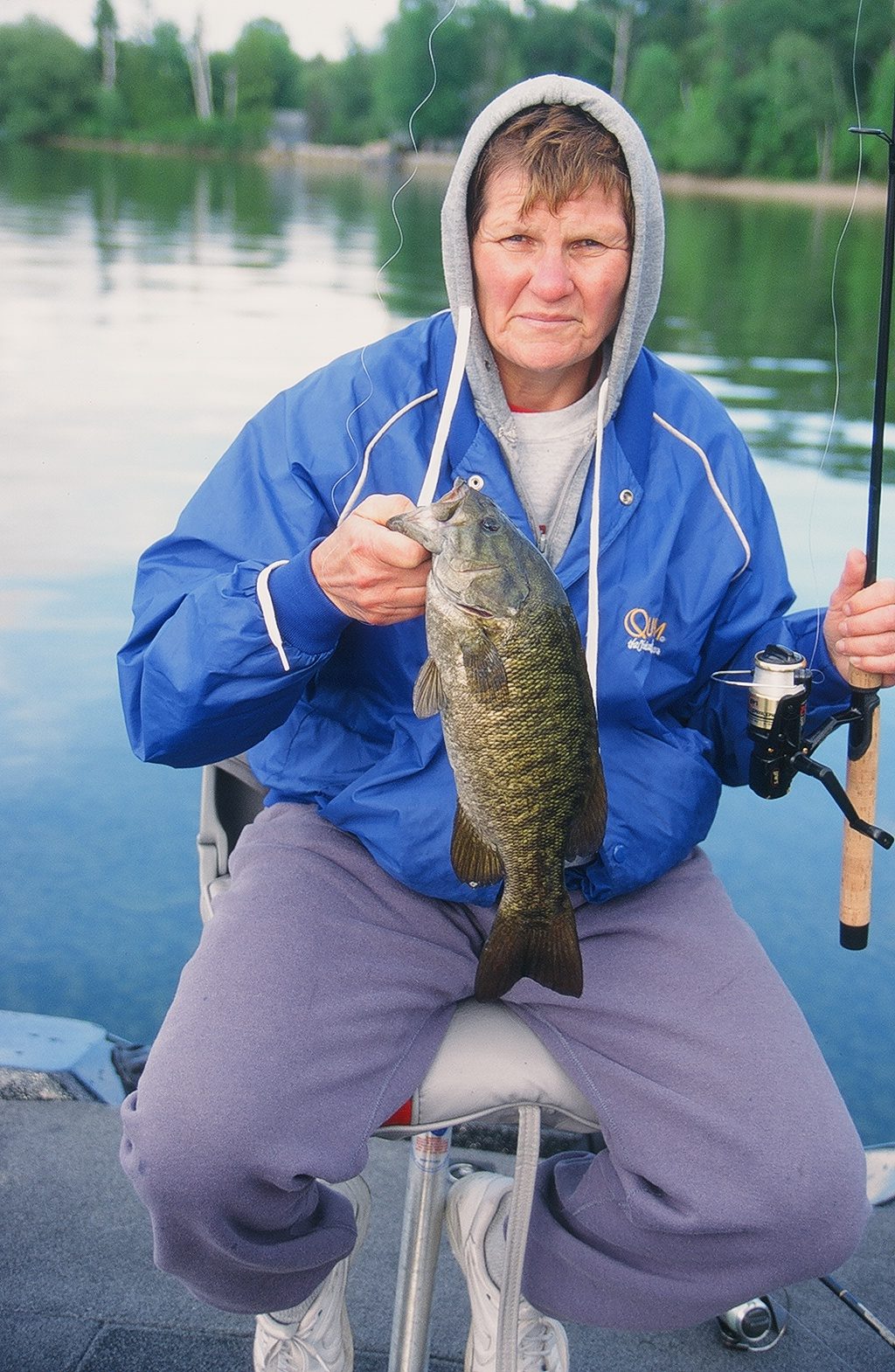
Pencil reed beds also host summer largemouth. I like to fish them with a 5-inch, Texas-rigged, weightless Senko stick worm. Since a lot of fish hold on edges, kids using the worm harness can get in the strike zone edge without hanging up. That is a good way to decipher bites and catch bass. Once they get the hang of it. you can gradually transition to stick worms.
Other areas mentioned earlier can be productive in summer, especially for bass. Bluegills and crappies may suspend over deeper water and drop-offs in summer. Panfish school on deep weed lines and bottom snags as well.
Smallmouths roam shallow riffles, hunting prey on rivers early in the day. They also move to the deeper “push” areas in front of river riffles as the day unwinds. Anchoring upstream from these areas, where the fish find slack water to avoid stronger current, is a great place to drift live bait, like a big, juicy leech, right in front of their faces. Artificials like tubes and Ned-rigged plastics, like smaller MaxScent Little Generals, can work, although this is one place where live bait can excel.
In summer, you may need to use a variety of approaches, depending on cover and baits. With a load of options, you can use frogs, surface poppers, spinnerbaits, bladed jigs and more for largemouths.
MWO
SHARE THIS POST
Did you enjoy this post?
You can be among the first to get the latest info on where to go, what to use and how to use it!
Tom Luba
Tom Luba is a freelance outdoor writer living in New London, Wis. He has written about open water fishing for more than 35 years.
